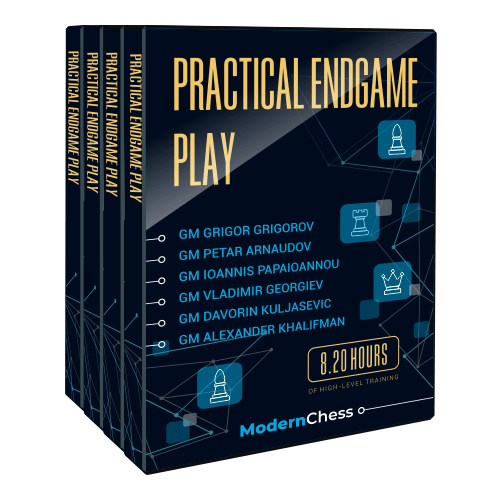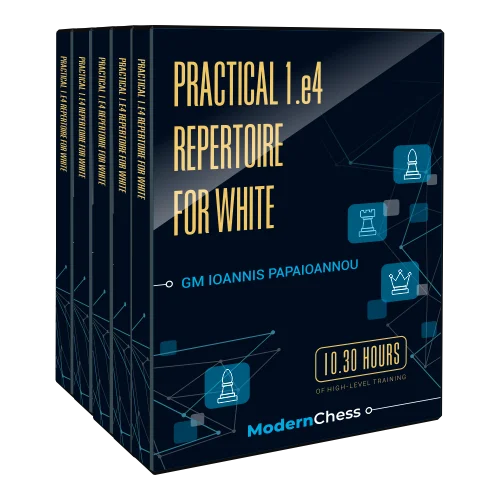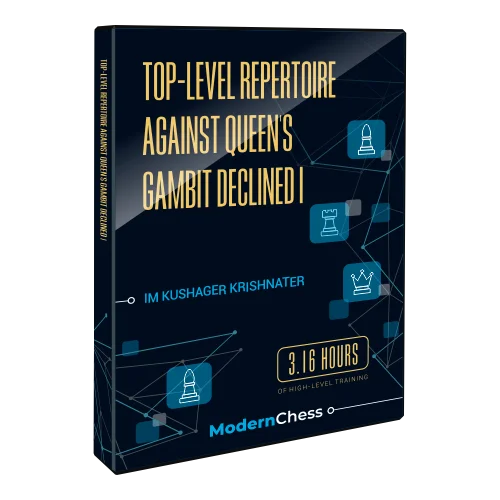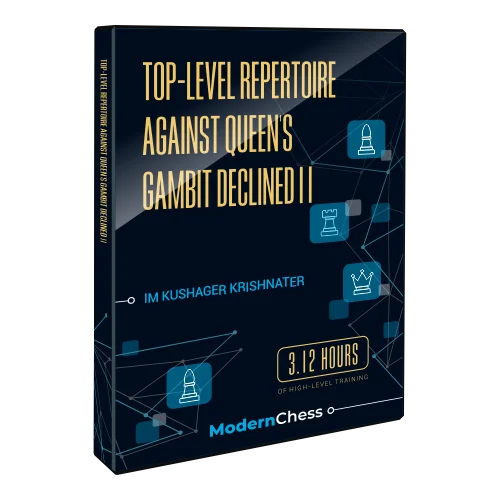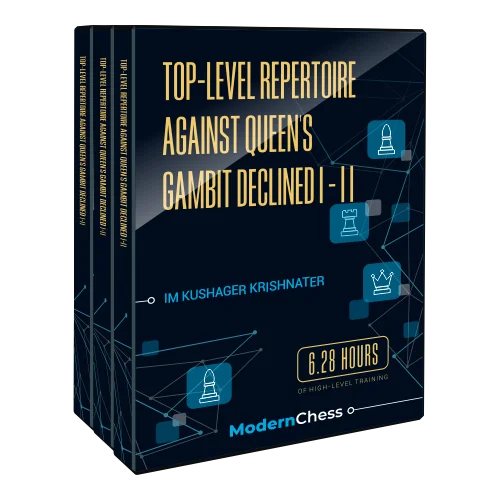The course Practical Endgame Play includes all the videos from the camp as well as the PGN file related to the training sessions. Overall, the material consists of approximately 8+ hours of video and a PGN database which includes 114 files!
Introduction:
The course Practical Endgame Play includes all the videos from the camp as well as the PGN file related to the training sessions. Overall, the material consists of approximately 8+ hours of video and a PGN database which includes 114 files!
Next, we will briefly present some interesting moments taken from the lectures.
What you will learn:
Gaining Space in the Endgame – GM Grigor Grigorov
In this lecture, GM Grigor Grigorov deals with an extremely important topic that is often underestimated – Gaining Space in the Endgame. Here is how the author introduces the subject himself:
Understanding the space will tremendously improve your practical play. In almost every position, we should make decisions regarding the space. In the endgame, due to the limited number of pieces, the pawn play becomes even more important. Gaining space provides the following advantages:
1) creating weaknesses
2) fixing existing weaknesses
3) restricting the opponent’s pieces
Even though this lecture is dedicated to the endgame, in some of the examples, the stronger side starts gaining space in the middlegame in order to get better prepared for the upcoming endgame.
The lecture is divided into the following sections:
1) Gaining space by advancing the h-pawn
2) Space advantage in pawn endgames
3) Space advantage in rook endgames
4) Gaining space when converting an advantage
5) Gaining space in positions with a bishop pair
By studying this lecture, you will also learn how to use the concept of “qualitative advantage”. Additionally, you will get a better idea of the principle of two weaknesses. I am sure that all the provided examples will improve your endgame technique.
Pawns versus a Minor Piece in Practical Endgames – GM Alexander Khalifman
This topic is quite underestimated and less studied. This is because most of the time the arising positions are pretty one-sided. Nevertheless, GM Khalifman believes those positions are quite interesting and important.
In this lecture, he presents the most important theoretical and practical concepts that you should know in order to successfully handle such endgames.
Try to analyze the following position taken from the lecture:
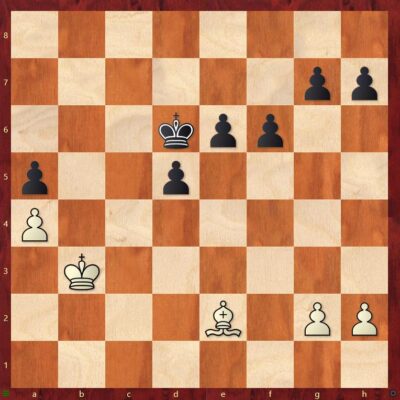
Black to move
Top Priorities in the Endgame – GM Ioannis Papaioannou
There are many manuals that cover different endgame topics. It’s not so easy to find, however, sources that point out the most important endgame priorities in a systematic way.
In this lecture, GM Ioannis Papaioannou explains his decision-making process in complicated endgame positions.
Please, note that no methodology is 100% valid. You will always find exceptions, and that’s the beauty of chess! Nevertheless, his advice will tremendously improve your practical endgame play.
In the introduction to the PGN version of the lecture, GM Ioannis Papaioannou writes:
I think that there are 4 basic endgame priorities (ordered by importance).
1) tactical ideas and calculation – before considering anything else, we should try to see whether there are tactical ideas for us or our opponent. The calculation is by far the most important element in chess!
2) strategic ideas – if there are no tactical ideas, try to understand whether you or your opponent have a strong positional idea
3) fixing the structure – surprisingly this important positional element is often underestimated. The main idea behind fixing the structure is to create (or fix) weaknesses and gain space. Always try to fix the opponent’s structure and prevent him from fixing your structure
4) activation of pieces – this is priority number 4. When none of the previous points is on the agenda, try to activate your problematic pieces.
I will illustrate the application of these principles by providing excellent model games and exercises. I am sure that by the time when you finish reading the material, you will have better intuition in practical endgames!
Bishop versus Knight in Practical Endgames – GM Vladimir Georgiev
The eternal fight between bishop and knight has been discussed in many endgame books and manuals. Instead of focusing on theoretical positions, GM Vladimir Georgiev explores this topic from a practical point of view. Besides the classical examples, GM Vladimir Georgiev provides some of his own games as well.
The PGN version of the lecture consists of 8 extensively annotated model games and 7 test positions.
Doing Nothing – The Art of Creating Practical Problems – GM Davorin Kuljasevic
Do you wonder how grandmasters manage to win drawish positions by squeezing water from a stone? This style of playing is also considered to be a trademark of great World champions like Karpov and Carlsen.
In this lecture, GM Davorin Kuljasevic provides an in-depth explanation of the “doing nothing” strategy.
In the introduction to the PGN version of the lecture GM Kuljasevic has the following to say:
GROUND RULES for ”doing nothing” in the endgame:
1. We can employ the ”doing nothing” strategy only in endgames where we have a slight advantage at best. In tactical endgames or those in which we are converting a clear advantage, this strategy can be counterproductive.
2. Do not hurry! Defending accurately is more difficult than playing for a win. The longer the opponent has to defend, the greater the chances he will make a mistake.
3. The endgame might be objectively drawn, but the game is not over as long as you have at least a slight initiative or ways to create the tiniest practical problems for your opponent.
Practical Queen Endgames – GM Petar Arnaudov
In this lecture, GM Petar Arnaudov explains the most important practical aspects you should consider when playing a queen endgame. Instead of overloading the lecture with endless analysis of queen endgames, GM Arnaudov tries to provide rules of thumb that will guide you in complicated practical situations.
Outline:
Chapter 1. Gaining Space in the Endgame – GM Grigor Grigorov
Chapter 2. Pawns versus a Minor Piece in Practical Endgames – GM Alexander Khalifman
Chapter 3. Top Priorities in the Endgame – GM Ioannis Papaioannou
Chapter 4. Bishop versus Knight in Practical Endgames – GM Vladimir Georgiev
Chapter 5. Doing Nothing – The Art of Creating Practical Problems – GM Davorin Kuljasevic
Chapter 6. Practical Queen Endgames – GM Petar Arnaudov
